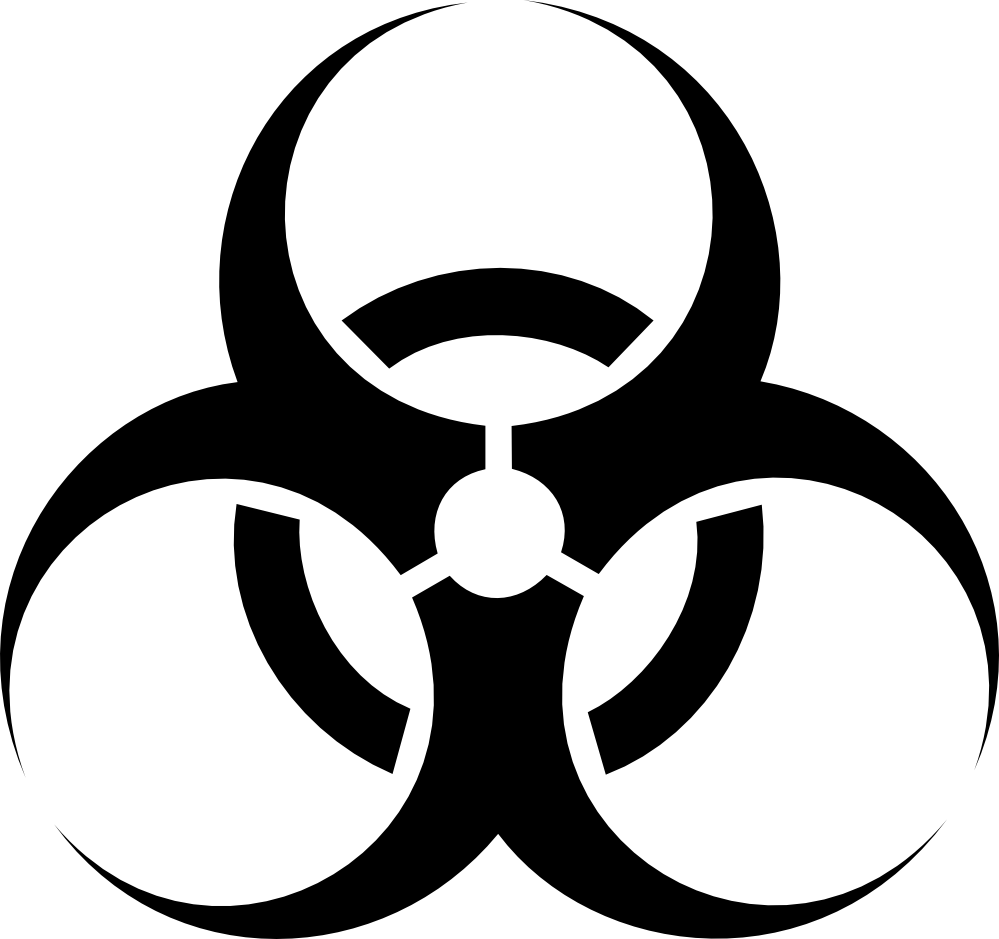Resources with keywords: ebola
Yang W, et al.
Highlights
- Recombinant vesicular stomatitis virus expressing Ebola virus glycoprotein is lethal in immunocompetent Syrian hamsters.
- The pathogenicity of VSV-EBOV/GP is species-specific, age-related, gender-associated, and challenge route-dependent.
- Syrian hamsters develop uveitis, multi-organ failure, and severe systemic diseases resembling symptoms of human EBOV patients.
- The model is available for anti-EBOV antibody and vaccine evaluation under BSL-2 conditions.
Coulborn R, et al
Vaccination with the Ebola vaccine significantly lowered case fatality risk vs not vaccinated.
This document provides guidance for hospitals and clinical laboratories on performing routine diagnostic (non-ebolavirus) testing necessary for management and care of patients with suspected ebolavirus infection, while minimizing risk to laboratory personnel.
WHO declares outbreak in Uganda with a rare Ebola Sudan virus.


